Home>Gardening & Outdoor>Landscaping Ideas>How To Prep Grass For Winter


Landscaping Ideas
How To Prep Grass For Winter
Modified: October 19, 2024
Prepare your lawn for the winter with these essential landscaping ideas. Learn how to protect your grass and keep it healthy during the colder months.
(Many of the links in this article redirect to a specific reviewed product. Your purchase of these products through affiliate links helps to generate commission for Storables.com, at no extra cost. Learn more)
Introduction
Welcome to the season of change, where the vibrant hues of autumn give way to the serene blanket of winter. As nature prepares for the colder months, it’s crucial to ensure that your lawn is also ready to face the challenges that winter brings. Preparing your grass for winter is not only about preserving its beauty but also about setting the stage for a lush and healthy lawn in the coming spring.
Properly prepping your grass for winter can make a significant difference in its resilience and vibrancy when the warmer days return. It involves a series of essential steps that aim to fortify the roots, protect the grass blades, and create optimal conditions for growth during the dormant winter period. By dedicating some time and effort to winterizing your lawn, you can help it withstand the harsh conditions and emerge revitalized when the thaw arrives.
In this comprehensive guide, we will walk you through the essential steps to prepare your grass for winter. From clearing debris to applying winterizer, each step plays a crucial role in safeguarding the health and beauty of your lawn. So, let’s dive in and learn how to ensure that your grass is well-equipped to brave the winter chill and flourish in the seasons to come.
Key Takeaways:
- Prepare your lawn for winter by clearing debris, mowing at the right height, aerating the soil, fertilizing, overseeding, and applying winterizer. These steps ensure a resilient and lush lawn come spring.
- Winterizing your lawn involves clearing debris, adjusting mowing height, aerating, fertilizing, overseeding, and applying winterizer to fortify your grass for the challenges of winter and promote lush growth in spring.
Read more: How To Kill Winter Grass
Clearing Debris
Before you embark on the process of prepping your grass for winter, it’s essential to start with a clean slate. Clearing debris from your lawn is the first step in ensuring that your grass can thrive despite the challenges of the colder months. Debris such as fallen leaves, branches, and other organic matter can create barriers that hinder the grass from receiving adequate sunlight, water, and nutrients.
One of the most effective ways to clear debris from your lawn is by raking. This simple yet crucial task helps to remove layers of leaves and other organic material that have accumulated on the grass. By raking the lawn, you not only allow the grass to breathe but also prevent the formation of mold and mildew, which can thrive in damp, debris-laden environments. Additionally, clearing debris minimizes the risk of snow mold, a common issue in winter, by promoting air circulation and reducing moisture retention.
Another aspect of clearing debris involves removing any larger objects that may have found their way onto the lawn. This can include fallen branches, children’s toys, or gardening tools. By ensuring that the surface of the lawn is free from obstacles, you create a safer and more conducive environment for the grass to endure the winter months.
Clearing debris is not only about promoting the health of your grass but also about creating an aesthetically pleasing landscape. A clean, debris-free lawn presents a tidy and inviting appearance, adding to the overall charm of your outdoor space.
By prioritizing the task of clearing debris, you set the stage for the subsequent steps in preparing your grass for winter. It’s a foundational step that paves the way for the implementation of measures aimed at fortifying and protecting your lawn during the colder months.
Mowing
Mowing your lawn is a fundamental aspect of winter preparation that often holds more significance than meets the eye. As the colder months approach, adjusting your mowing routine can make a substantial difference in the health and resilience of your grass during winter and beyond.
Before the onset of winter, it’s advisable to gradually lower the cutting height of your mower. This gradual reduction should occur over the course of several mowing sessions, allowing the grass to adapt gradually. By trimming the grass slightly shorter than usual, you discourage it from matting down under snowfall, which can lead to the development of snow mold and other issues. Additionally, shorter grass is less prone to damage caused by the weight of snow and ice, helping it maintain its vitality throughout the winter.
While it’s important to trim the grass shorter, it’s equally crucial to avoid cutting it too close to the ground. Scalping the lawn can leave it vulnerable to stress and damage, particularly in the absence of active growth during winter. Striking the right balance in mowing height is key to ensuring that the grass remains healthy and robust as it enters the dormant phase.
Furthermore, as part of the mowing process, it’s beneficial to continue regular mowing until the grass stops growing. This may entail mowing less frequently as the growth rate slows down, but maintaining a consistent mowing schedule helps keep the lawn tidy and prevents it from becoming overgrown before winter sets in.
By adjusting your mowing practices in preparation for winter, you set the stage for a resilient and thriving lawn. This simple yet crucial step, when combined with other winterization measures, contributes to the overall health and beauty of your grass, ensuring that it can withstand the challenges of the colder months and emerge lush and vibrant when spring arrives.
Aerating
As you prepare your grass for the winter season, aerating the lawn emerges as a vital practice that can significantly impact its health and vitality. Aerating, or core cultivation, involves perforating the soil with small holes to alleviate compaction and enhance the circulation of air, water, and nutrients within the root zone. This process is particularly beneficial for grass that has been subjected to heavy foot traffic or experiences soil compaction due to clay content or other factors.
One of the primary benefits of aerating the lawn before winter is the facilitation of improved root growth and development. By creating apertures in the soil, you provide the grassroots with the opportunity to expand more freely, promoting stronger and more resilient root systems. This, in turn, equips the grass to better withstand the challenges posed by winter, such as freezing temperatures and moisture fluctuations.
Moreover, aerating the lawn can help mitigate the accumulation of thatch, a layer of organic debris that can impede the flow of water, air, and nutrients to the grassroots. By puncturing the thatch layer, you prevent it from becoming excessively dense and hindering the grass’s access to essential resources, thereby fostering a healthier and more vibrant lawn.
Another advantage of aerating the lawn before winter is the promotion of better water and fertilizer absorption. The perforations created during aeration allow water and nutrients to penetrate the soil more effectively, reaching the grassroots and nourishing the lawn from within. This can be particularly beneficial during winter, as it enhances the grass’s ability to access the resources it needs to endure the dormant period and prepare for rejuvenation in the spring.
By incorporating aeration into your winter lawn preparation regimen, you lay the groundwork for a robust and flourishing lawn. This essential practice contributes to the overall resilience and health of your grass, ensuring that it can weather the winter months and emerge revitalized when the thaw arrives.
Aerate your lawn in the fall to improve air and water circulation in the soil. This will help the grass roots grow deeper and stronger, making them more resilient to winter weather.
Fertilizing
Applying the right fertilizer to your lawn before winter sets in can have a transformative impact on the health and vibrancy of your grass. Fertilizing serves as a crucial component of winter preparation, providing the grass with essential nutrients that bolster its resilience and fortify it against the challenges of the colder months.
One of the key objectives of fertilizing before winter is to ensure that the grass has ample nutrients to sustain it during the dormant period. By supplying the lawn with a balanced fertilizer rich in nitrogen, phosphorus, and potassium, you equip the grass with the resources it needs to maintain its strength and vitality despite the adverse conditions of winter.
Moreover, the application of fertilizer before winter can contribute to the development of robust root systems. Strong, well-established roots are essential for the grass to withstand the stresses of winter, including temperature fluctuations, moisture levels, and potential pest activity. A healthy root system not only supports the grass during its dormant phase but also sets the stage for vigorous regrowth when spring arrives.
Furthermore, fertilizing the lawn before winter can aid in the repair and recovery of any damage that may have occurred during the preceding seasons. By providing the grass with a nutrient boost, you facilitate the healing of any stress-induced or environmental damage, helping the lawn to recuperate and prepare for the rejuvenation that comes with the onset of spring.
It’s important to note that the timing of fertilizer application is critical. Applying fertilizer too late in the season may encourage excessive growth, leaving the grass vulnerable to winter damage. Conversely, applying it too early may result in the nutrients being washed away by autumn rains. Striking the right balance and timing the application appropriately is essential to ensure that the grass can derive maximum benefit from the fertilizer.
By incorporating fertilizing into your winter lawn preparation regimen, you provide your grass with the essential nourishment it needs to endure the challenges of winter and thrive when the growing season resumes. This proactive measure sets the stage for a lush and resilient lawn that can withstand the rigors of winter and emerge revitalized in the spring.
Read more: How Long Should Grass Be For Winter
Overseeding
As you prepare your lawn for the winter season, overseeding emerges as a strategic practice that can rejuvenate and fortify your grass, setting the stage for a lush and vibrant lawn in the coming seasons. Overseeding involves sowing grass seed over an existing lawn, replenishing thin or patchy areas and introducing new, resilient grass varieties that can enhance the overall health and appearance of the turf.
One of the primary benefits of overseeding before winter is the rejuvenation of the lawn’s density and resilience. By introducing new grass seed to the existing turf, you can address areas that have become sparse or worn due to foot traffic, environmental stress, or other factors. This process helps to fill in bare patches and promote a denser, more robust lawn that is better equipped to withstand the challenges of winter.
Moreover, overseeding before winter allows you to introduce grass varieties that are better suited to the specific conditions of your lawn. For example, you can select grass seed that is more tolerant of cold temperatures, resistant to disease, or better adapted to the soil and climate in your region. By diversifying the grass varieties in your lawn, you can enhance its overall resilience and ensure that it remains healthy and vibrant throughout the winter months.
Additionally, overseeding provides an opportunity to address and mitigate the impact of any damage or stress that the lawn may have incurred during the preceding seasons. By introducing fresh grass seed, you can facilitate the recovery of the turf, promoting the growth of new, healthy grass that can revitalize the overall appearance of the lawn and prepare it for the rejuvenation that comes with the arrival of spring.
It’s important to note that overseeding should be accompanied by proper soil preparation and adequate watering to ensure the successful establishment of the new grass seed. By creating favorable conditions for germination and growth, you can maximize the effectiveness of overseeding and set the stage for a resilient and vibrant lawn.
By incorporating overseeding into your winter lawn preparation regimen, you can revitalize and fortify your grass, ensuring that it can withstand the challenges of winter and emerge lush and vibrant when the growing season resumes. This proactive measure contributes to the overall health and beauty of your lawn, laying the groundwork for a resilient and thriving outdoor space.
Applying Winterizer
As the winter season approaches, applying a specialized winterizer fertilizer to your lawn is a strategic measure that can significantly impact the grass’s resilience and vitality during the colder months. Winterizer fertilizers are specifically formulated to provide the grass with the essential nutrients it needs to endure the challenges of winter and emerge revitalized when spring arrives.
One of the primary objectives of applying winterizer fertilizer is to fortify the grass against the harsh conditions of winter. These specialized fertilizers are typically high in potassium, which plays a crucial role in strengthening the grass’s cell walls and promoting overall resilience. By providing the grass with an extra dose of potassium, you enhance its ability to withstand cold temperatures, moisture fluctuations, and other environmental stressors that are characteristic of the winter season.
Moreover, winterizer fertilizers are designed to promote the development of a robust root system. Strong, healthy roots are essential for the grass to endure the dormant phase of winter and prepare for vigorous regrowth in the spring. By supplying the grassroots with the nutrients they need to strengthen and expand, winterizer fertilizers set the stage for a resilient and thriving lawn when the growing season resumes.
Additionally, applying winterizer fertilizer before winter can aid in the repair and recovery of any stress-induced or environmental damage that the lawn may have incurred during the preceding seasons. By providing the grass with a nutrient boost tailored to its winter needs, you facilitate the healing and rejuvenation of the turf, ensuring that it can emerge revitalized and vibrant when the thaw arrives.
It’s important to time the application of winterizer fertilizer appropriately, typically in the late fall before the onset of consistent freezing temperatures. This allows the grass to absorb and utilize the nutrients effectively, preparing it for the challenges of winter and the subsequent transition into the spring growing season.
By incorporating the application of winterizer fertilizer into your winter lawn preparation regimen, you provide your grass with the specialized nourishment it needs to endure the rigors of winter and thrive when the growing season resumes. This proactive measure contributes to the overall resilience and health of your lawn, ensuring that it can withstand the challenges of winter and emerge lush and vibrant in the spring.
Conclusion
Preparing your grass for winter is a proactive and essential endeavor that can make a significant difference in the health and beauty of your lawn. By implementing a comprehensive winterization regimen, you can fortify your grass, ensuring that it can withstand the challenges of the colder months and emerge revitalized when the thaw arrives.
The process of preparing your grass for winter encompasses a series of vital steps, each playing a crucial role in safeguarding the resilience and vitality of your lawn. Clearing debris sets the stage for a clean and conducive environment, while mowing at the right height helps the grass withstand the weight of snow and ice. Aerating promotes better root growth and nutrient absorption, and fertilizing provides essential nourishment to sustain the grass during its dormant phase. Overseeding rejuvenates and fortifies the lawn, while applying winterizer fertilizer equips the grass to endure the winter season.
By embracing these practices and tailoring them to the specific needs of your lawn, you can create an environment that fosters the health and vibrancy of your grass, even in the face of winter’s challenges. The culmination of these efforts is a lawn that not only endures the winter but also emerges revitalized and lush when the spring arrives, setting the stage for a vibrant outdoor space for the seasons to come.
As you embark on the journey of preparing your grass for winter, remember that each step is a testament to your commitment to nurturing and preserving the beauty of your outdoor space. With proper care and attention, your lawn can weather the winter months and flourish in the spring, providing you with a verdant and inviting landscape to enjoy and cherish.
So, roll up your sleeves, gather your tools, and embark on the rewarding endeavor of winterizing your lawn. The efforts you invest now will yield a bountiful and resilient lawn that welcomes the arrival of spring with vibrancy and allure.
Frequently Asked Questions about How To Prep Grass For Winter
Was this page helpful?
At Storables.com, we guarantee accurate and reliable information. Our content, validated by Expert Board Contributors, is crafted following stringent Editorial Policies. We're committed to providing you with well-researched, expert-backed insights for all your informational needs.
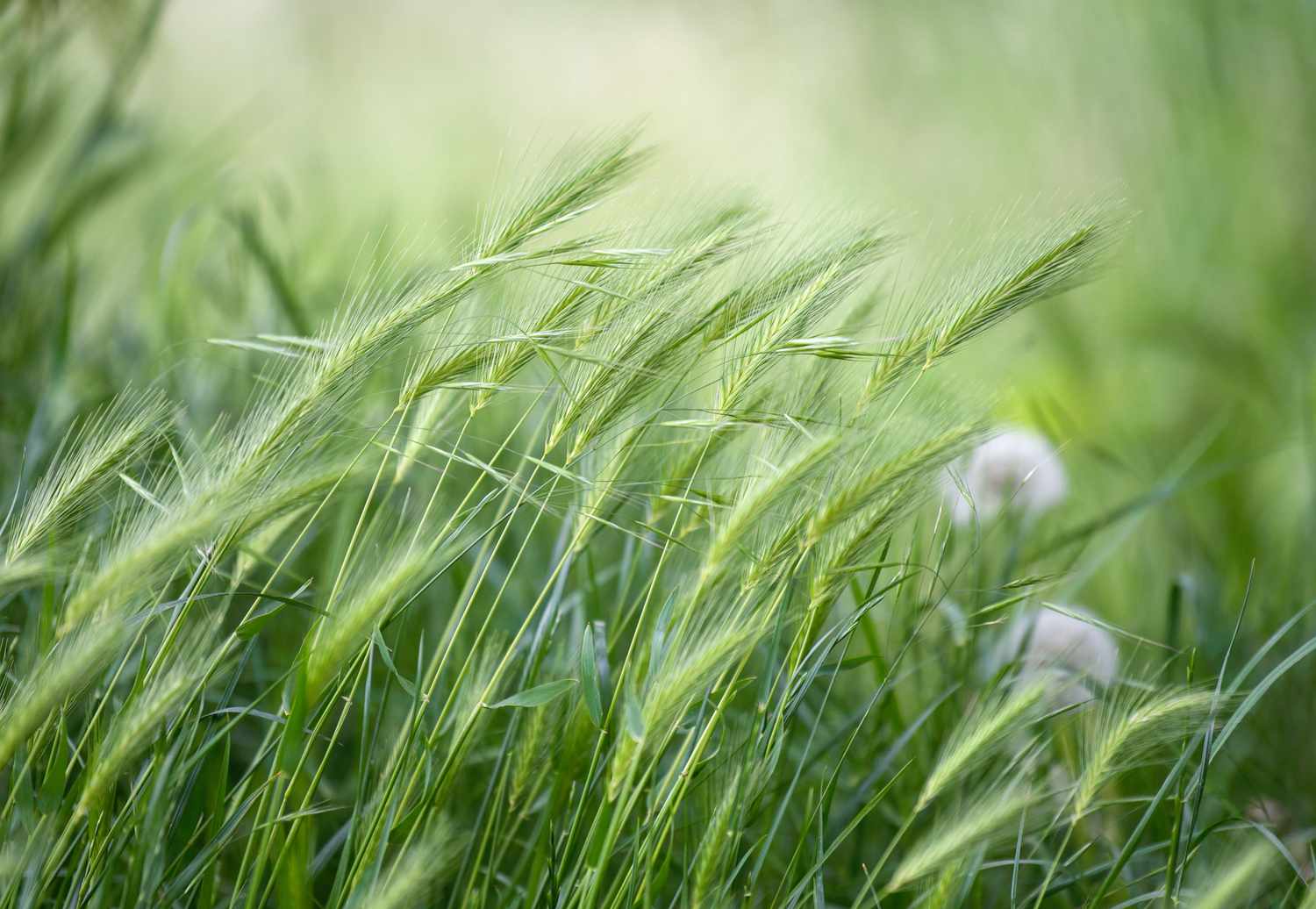
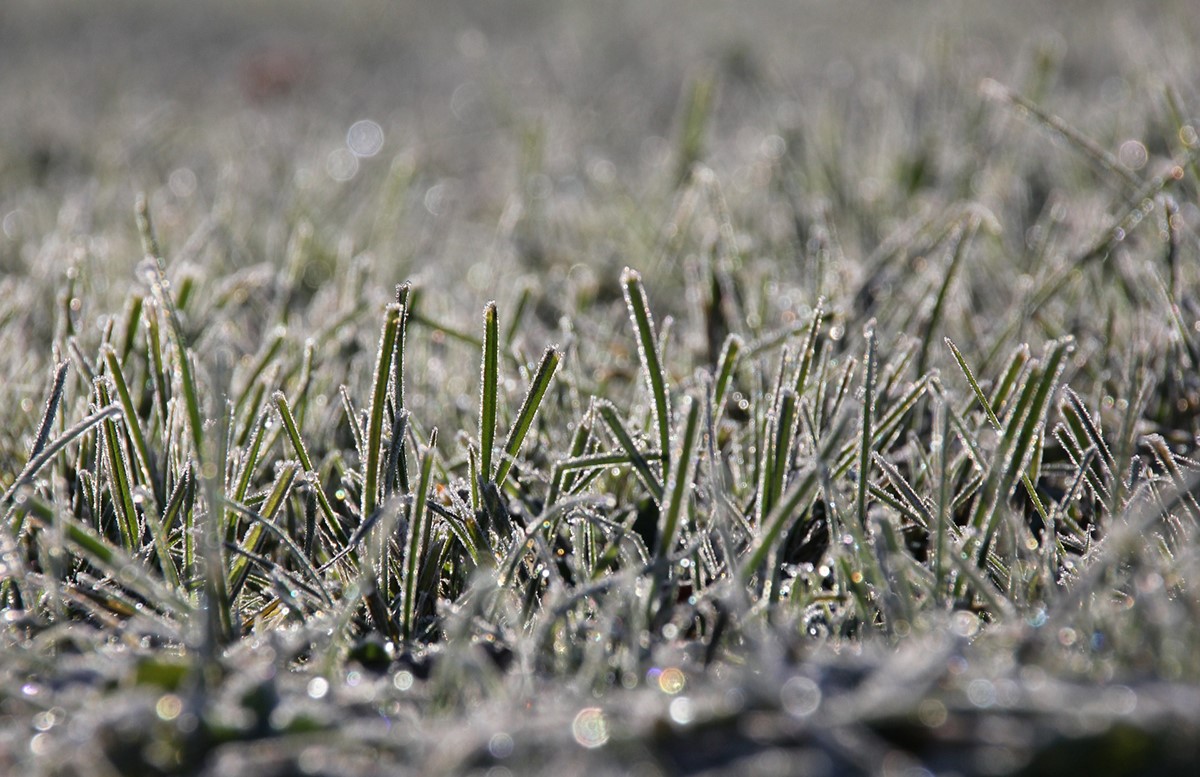
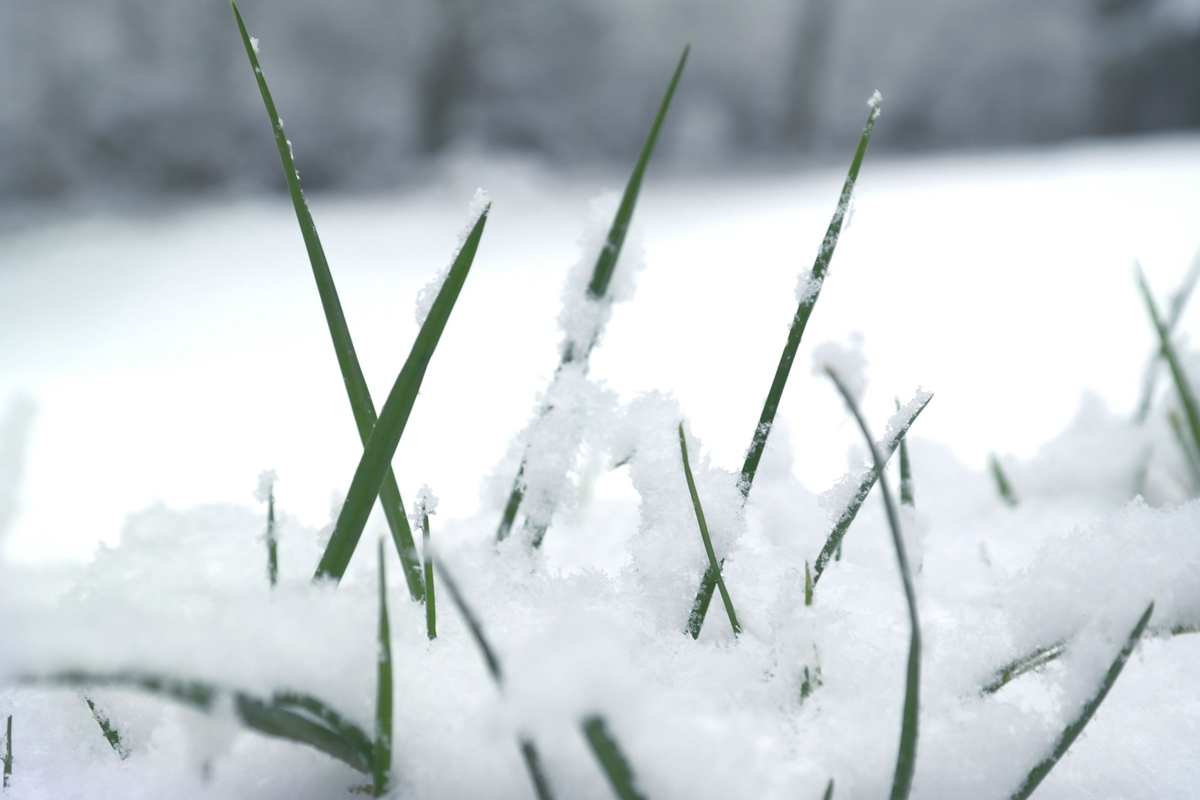
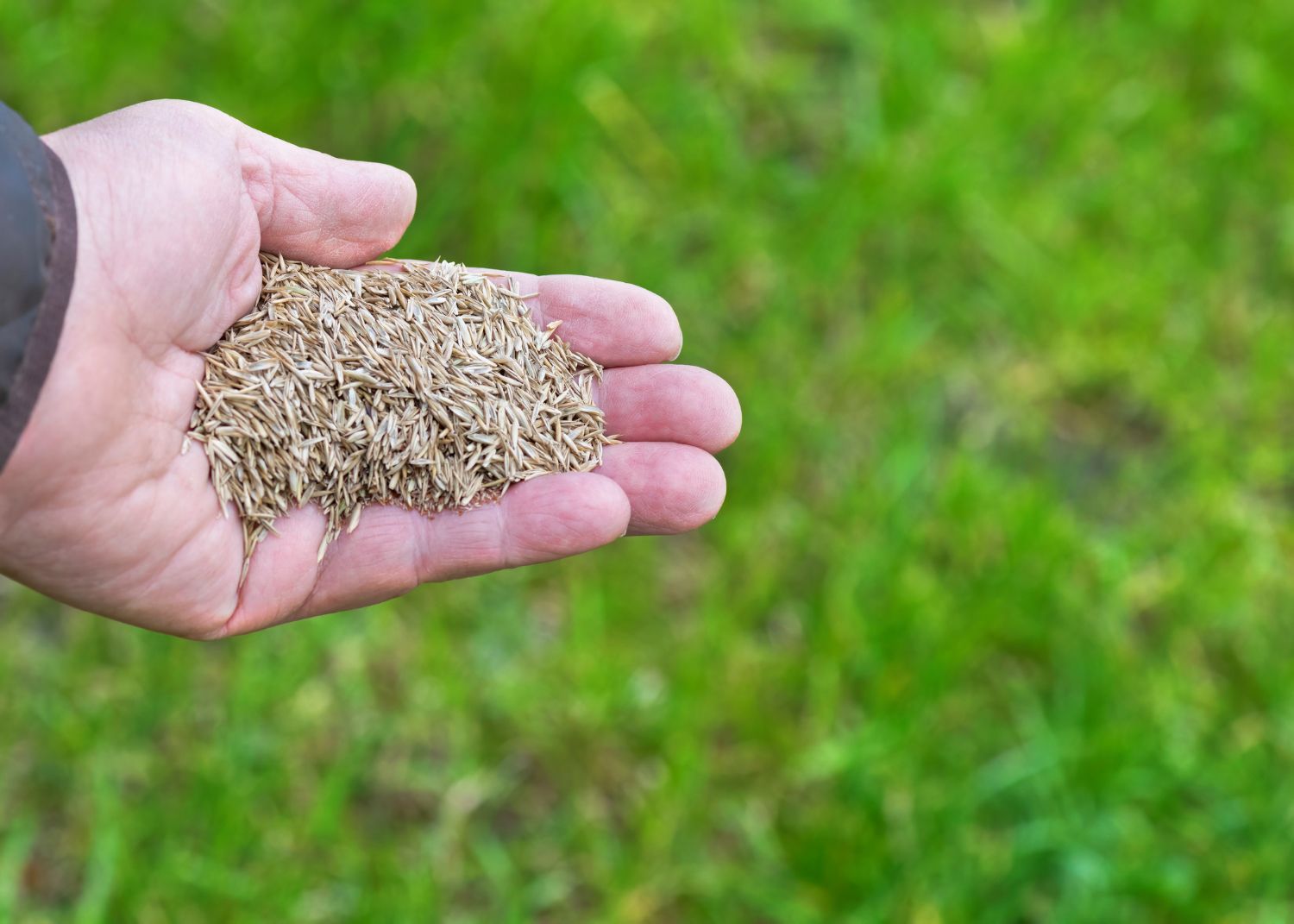
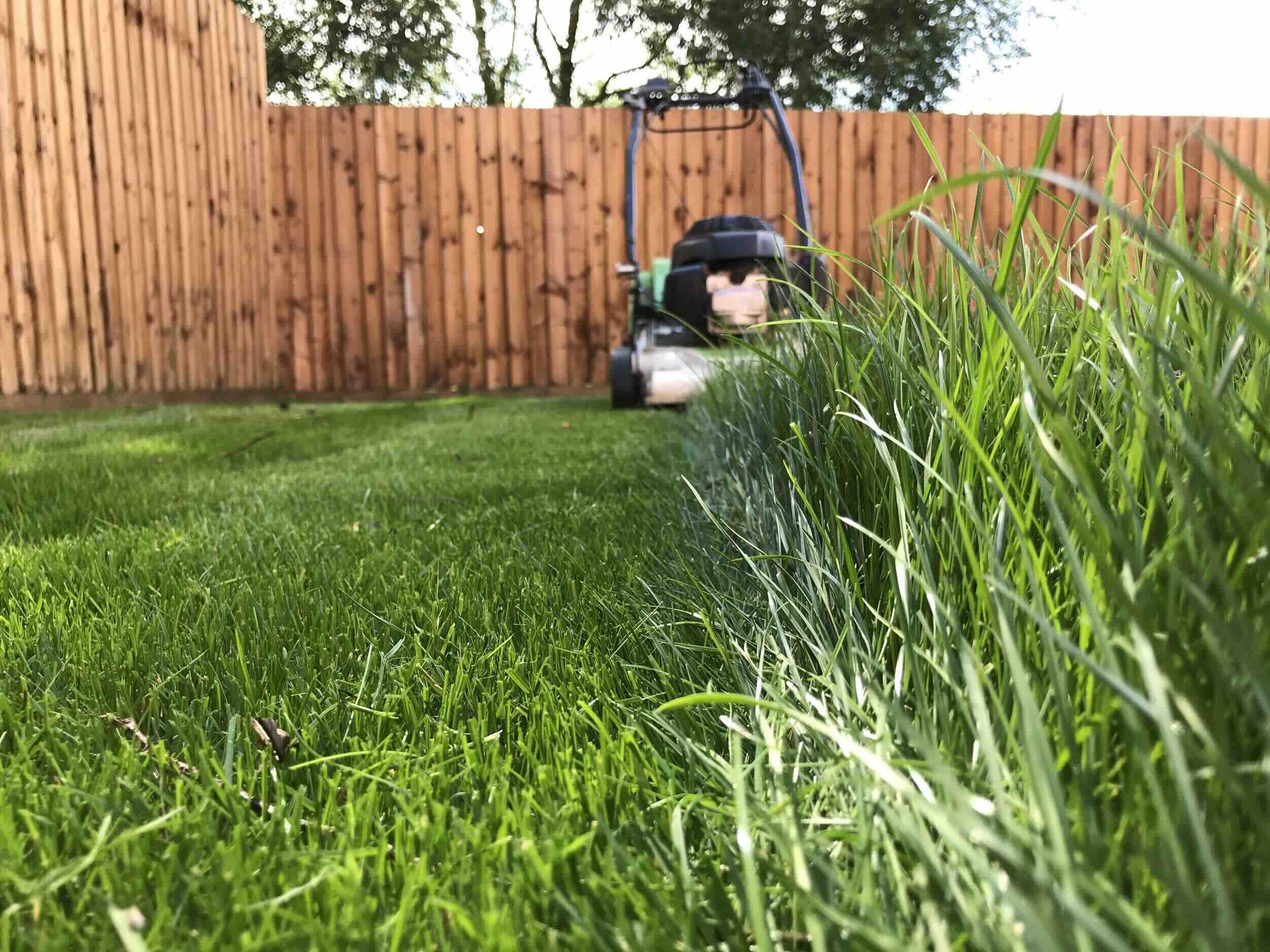
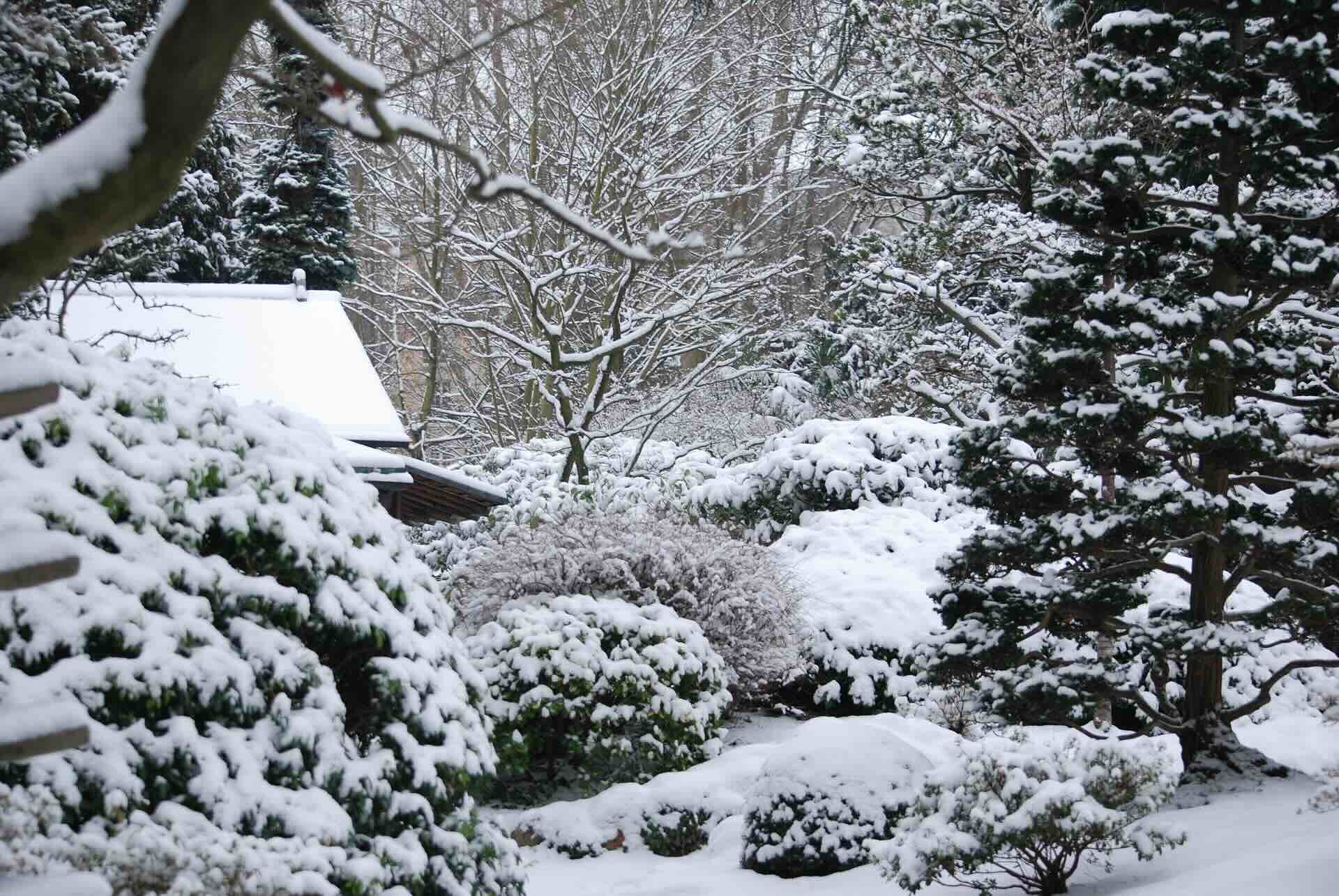
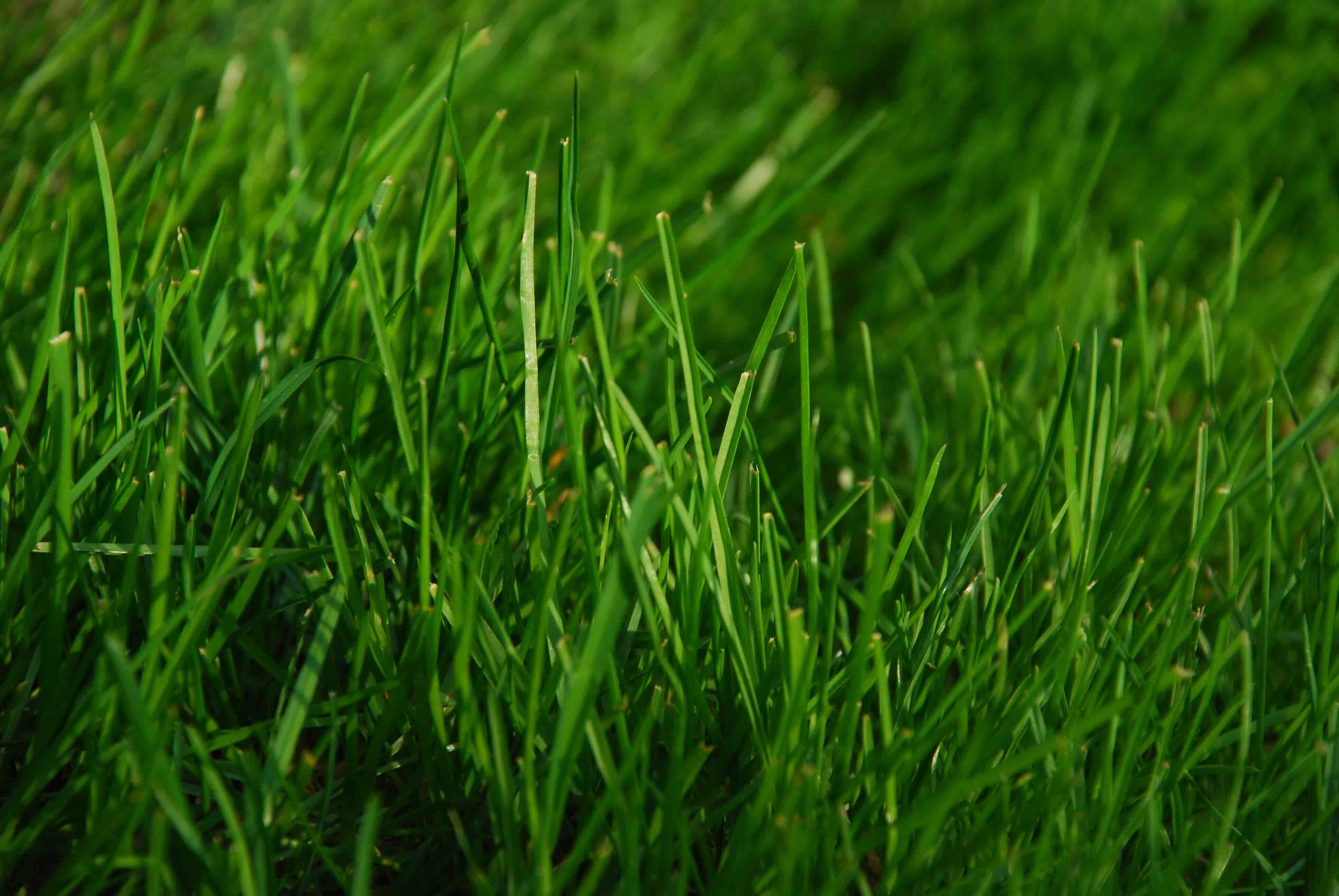
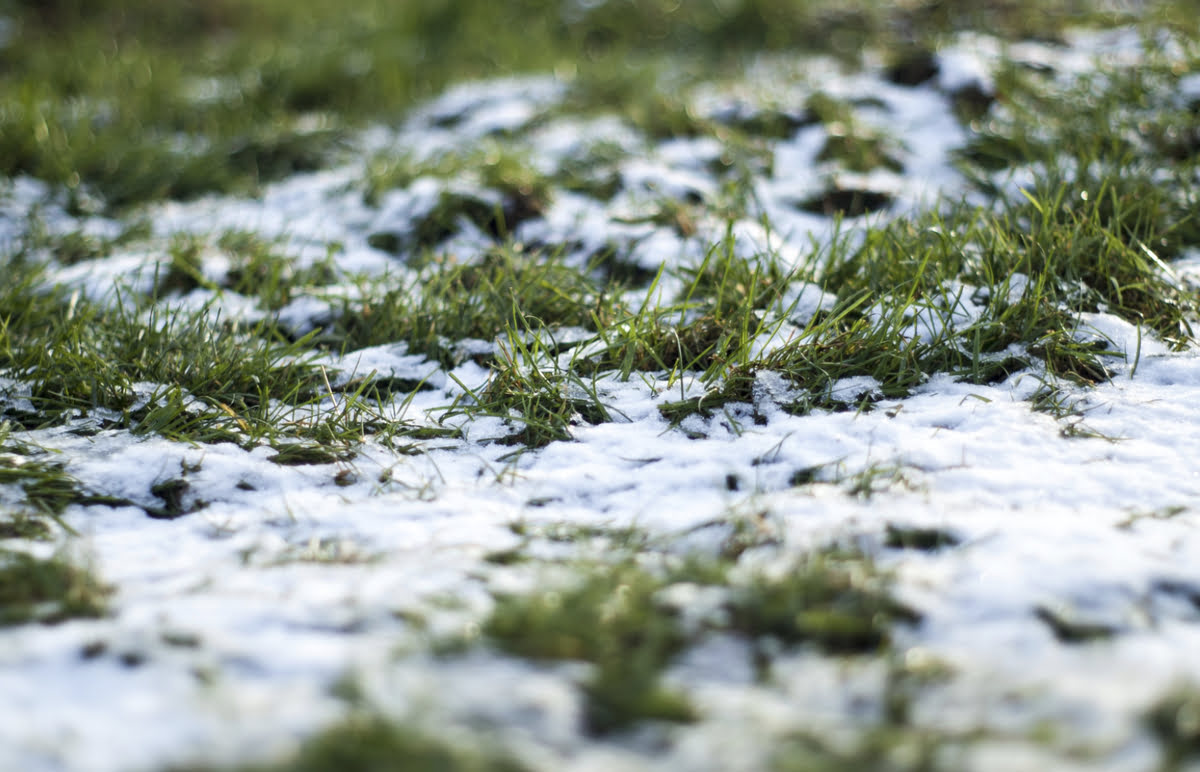
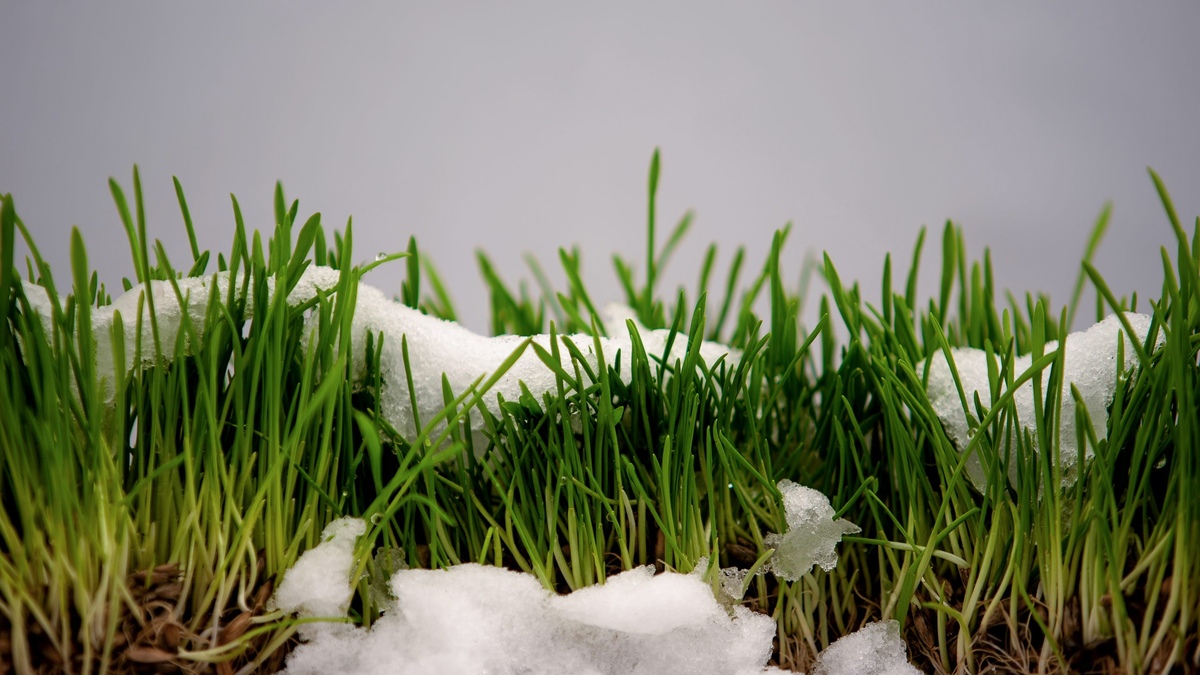
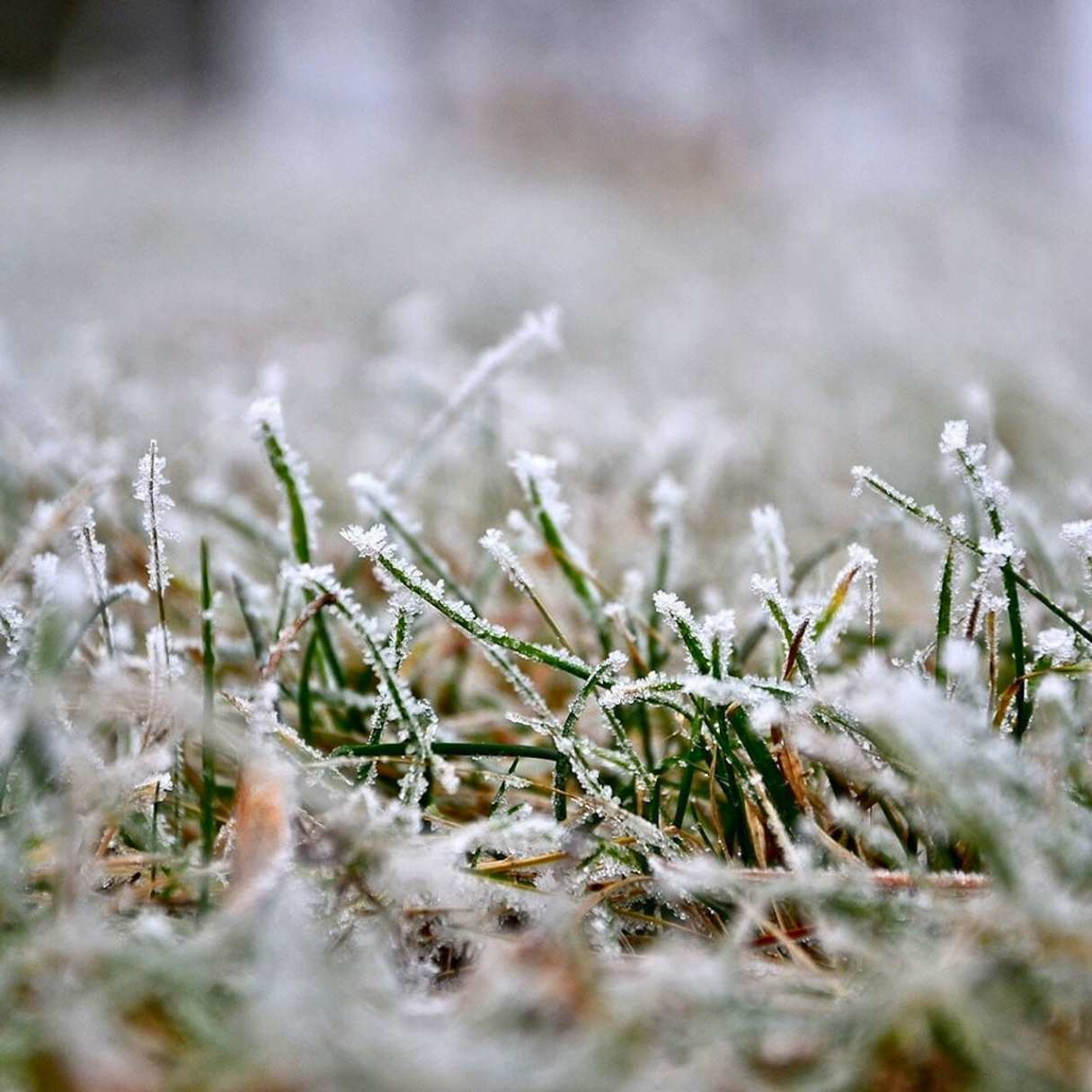
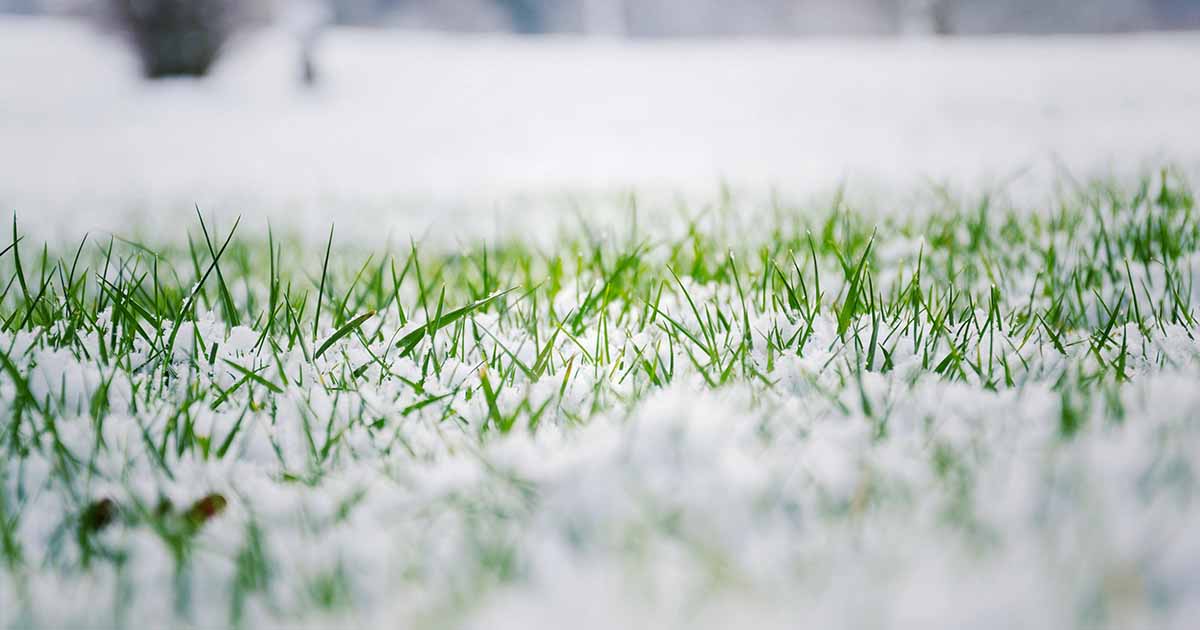

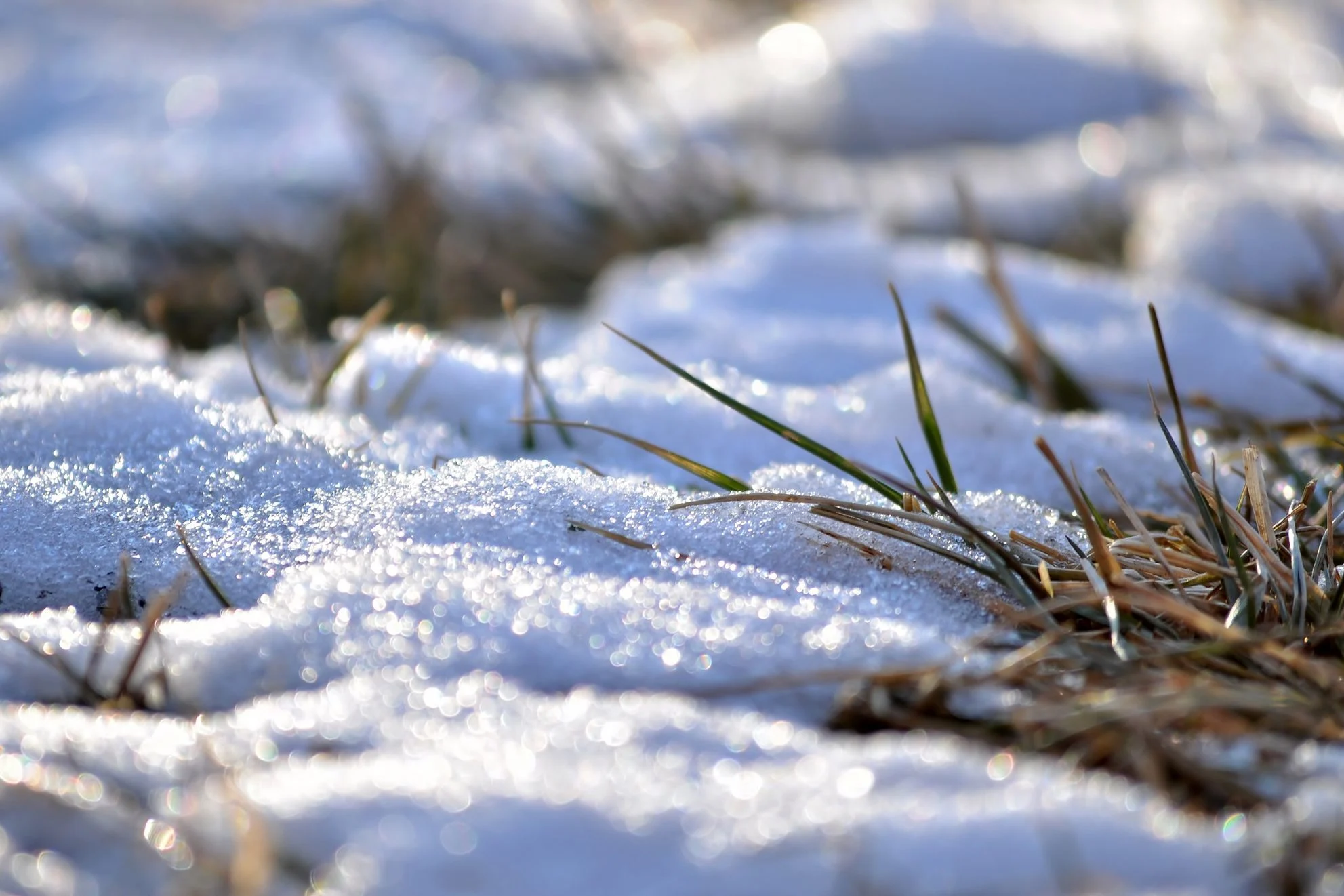
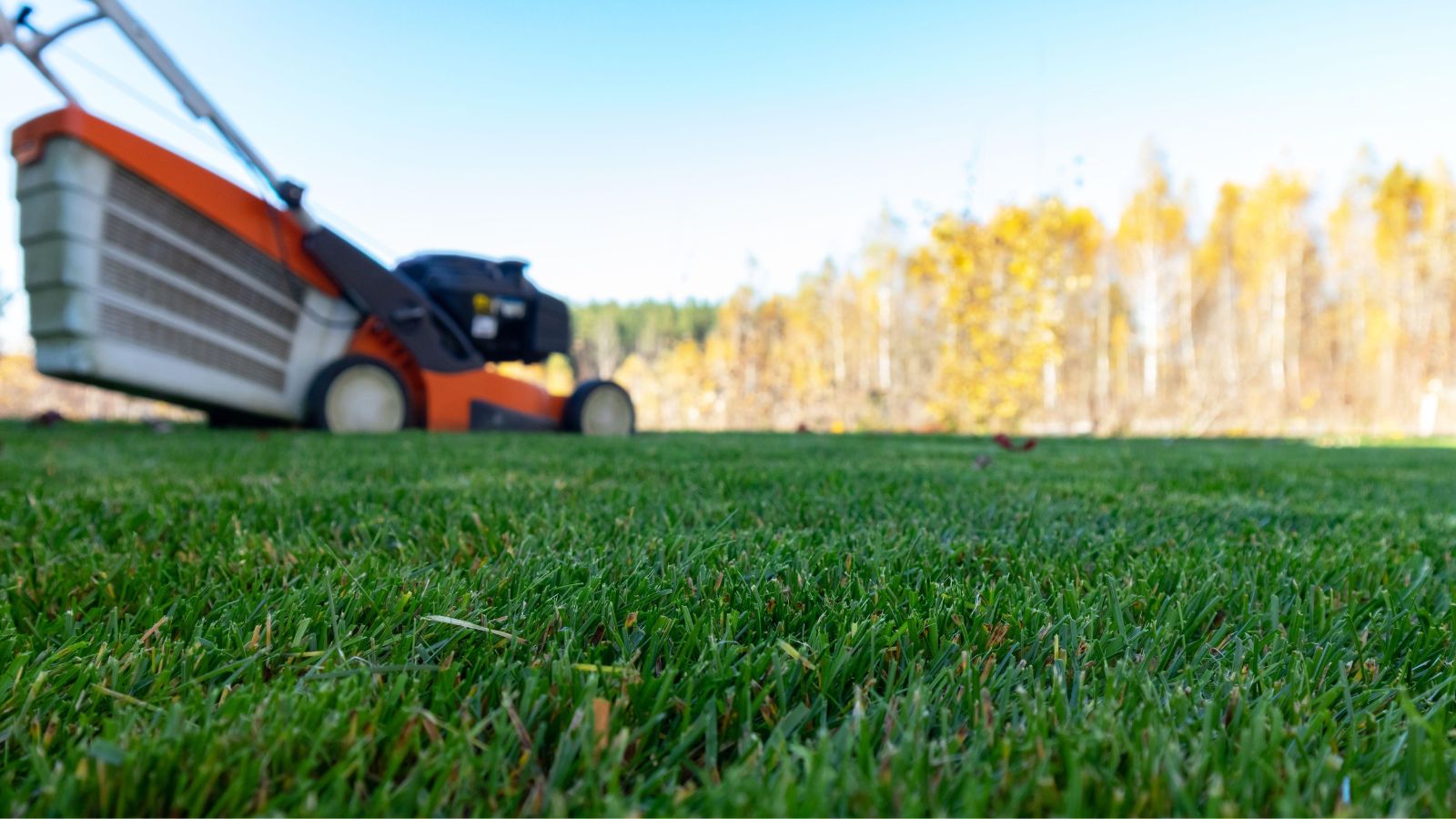

0 thoughts on “How To Prep Grass For Winter”